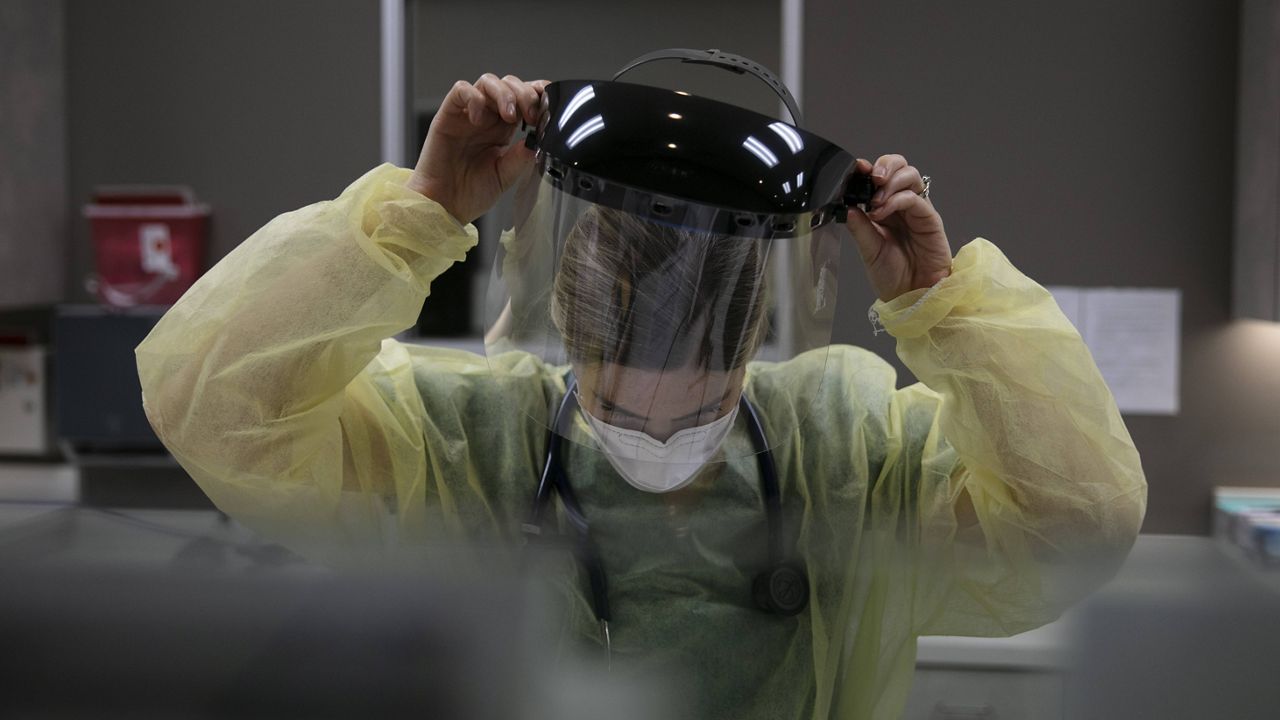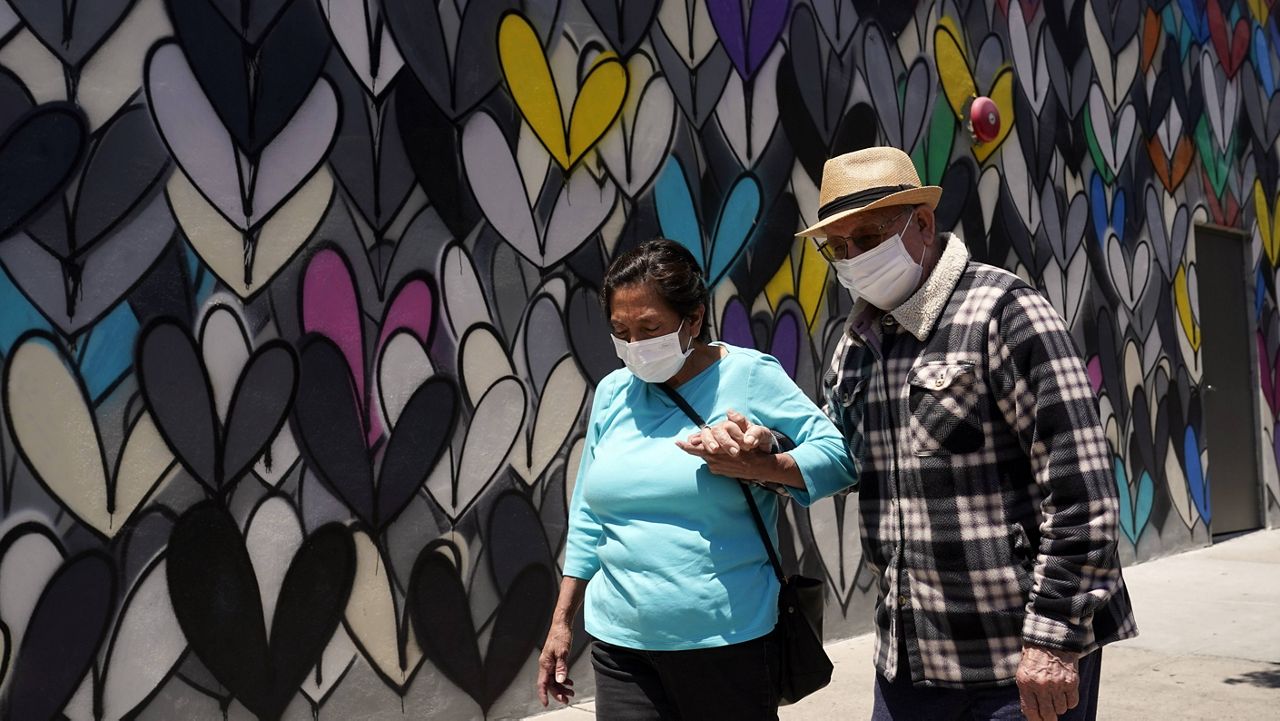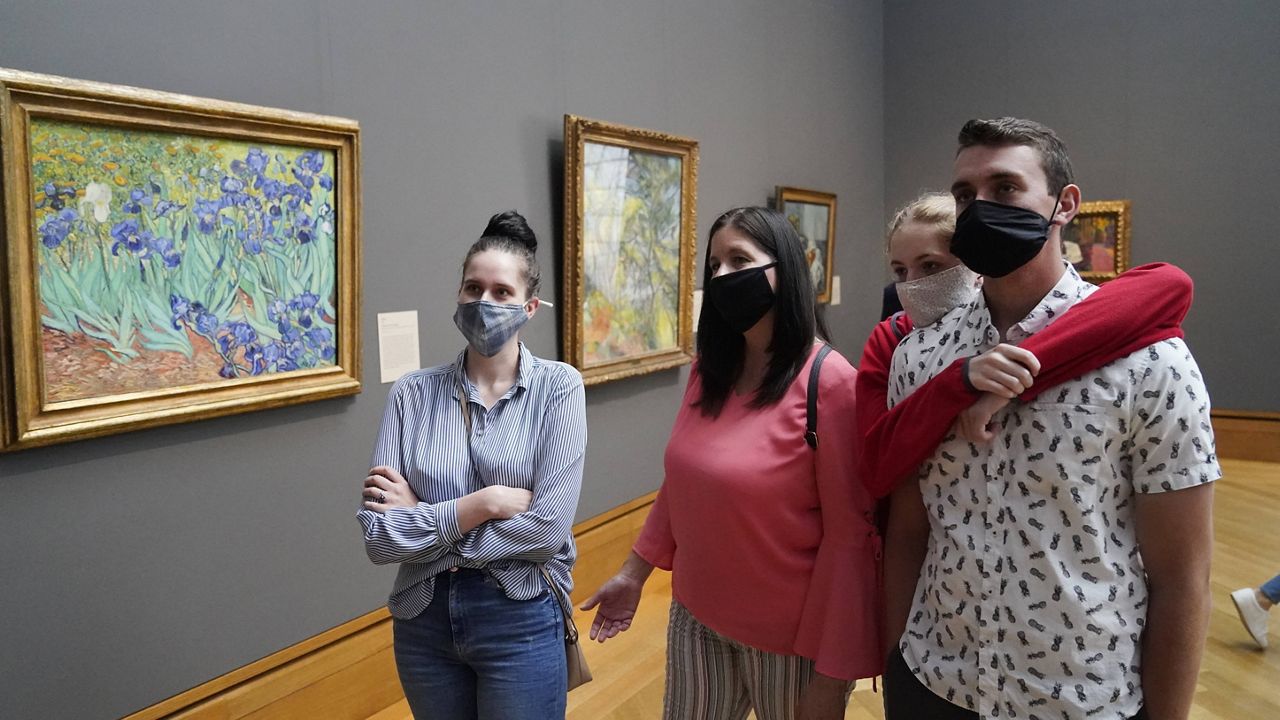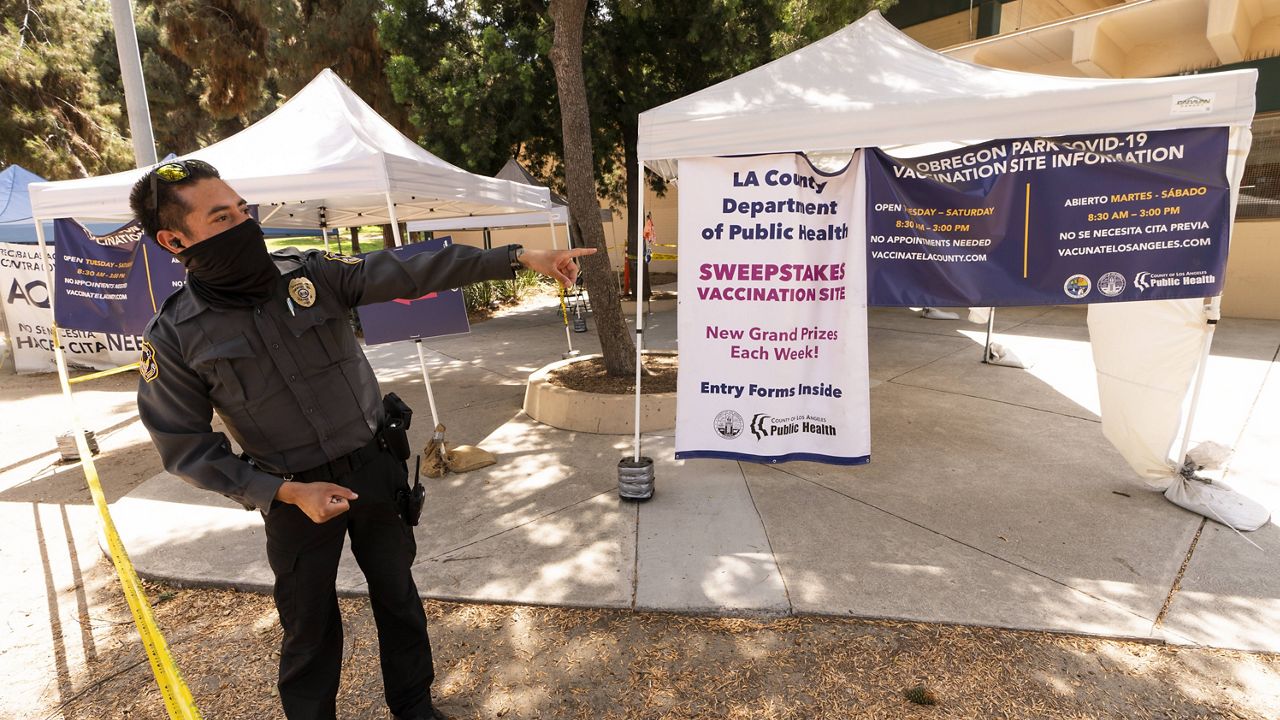SANTA ANA, Calif. (CNS) — COVID-19 hospitalizations in Orange County ticked up Thursday by a slighter margin than recent days, offering some hope that the delta variant-fueled surge is slowing.
What You Need To Know
- Andrew Noymer, an epidemiologist and UC Irvine professor of population health and disease prevention, said he was pleased to see that hospitalizations did not tick up too much
- He noted there's concern that even if there is a slowing of the summer wave, infection rates may go back up again as kids return to school
- Hospitalizations increased from 568 Wednesday to 571 on Thursday
- Of those eligible to get a shot, 75.4% of Orange County residents have received at least one dose, up from 73% last week
"I look at the positivity date of infections and those numbers seem to indicate that the larger numbers were 10 days behind us so I'm hoping that indicates we've plateaued and are coming off of it, but, obviously we won't know until we're at the lower end of the slope," Orange County CEO Frank Kim said. "But we seemed to have peaked about a week ago."
But though the rate of infections may have peaked, there will still be increases in hospitalizations for the time being, Kim said.
"It takes 10 days after infection for people to have symptoms to require hospitalization," he said. "We're still seeing big numbers, but we're having discussions with our hospitals and they don't seem overwhelmed."
Andrew Noymer, an epidemiologist and UC Irvine professor of population health and disease prevention, said he was pleased to see that hospitalizations did not tick up too much.
"That's good, but we'll still have to see tomorrow and the next week," Noymer said. "I'm glad it's not 10 or 12 patients higher like it has been every day, but it's too early to say what's really going on based on one day. But I am optimistic we may be groping toward a plateau."
He noted there's concern that even if there is a slowing of the summer wave, infection rates may go back up again as kids return to school.
"Next week we may be running into the buzz saw" of a return to in- person classroom instruction, Noymer said. "Predictions have never been more tricky."
Hospitalizations increased from 568 Wednesday to 571 on Thursday, with the number of intensive care unit patients jumping up from 125 to 133, according to the Orange County Health Care Agency, which reported the county has 21.5% of its ICU beds and 68% of its ventilators available.
Experts say hospitalizations are a more important statistic than case numbers because any surge can be exacerbated by an overburdened health care system, and case numbers are expected to rise as schools and businesses require more people to get tested.
The county logged 572 new infections Thursday, bringing the total to 278,417 since the pandemic began.
Four more COVID-related fatalities were also recorded, but one was in January and the other was in February while two were this month.
The county's cumulative death toll is 5,169. Fatalities have decreased because of the high vaccination rates of seniors who are most vulnerable to the virus, according to experts.
The death toll for August so far is six. The death toll for July is 12; 16 for June; 23 for May; 43 for April; 199 for March; 613 for February; 1,569 for January — the deadliest month of the pandemic — and 969 for December, the next deadliest.
There were 12 infected people in Orange County's jails as of Thursday, down from 14 on Tuesday, but officials say they are all newly booked inmates.
The county reported 12,644 tests Thursday, raising the cumulative total to 4,534,970.
Of those eligible to get a shot, 75.4% of Orange County residents have received at least one dose, up from 73% last week, according to Dr. Clayton Chau, the county's chief health officer. Of the eligible residents, 67% are fully vaccinated now, up from 65% last week.
The county is also seeing an increase in interest for a third shot of the two-dose vaccines from Pfizer and Moderna that have already been authorized for immunocompromised people, Chau said. That population includes organ transplant recipients and individuals undergoing therapies that suppress their immune system.
Dr. Jose Mayorga, executive director of the UCI Health Family Health Centers, told City News Service on Tuesday that he was alarmed by the rising number of pregnant mothers getting infected.
He noted that the American College of Obstetrics and Gynecology is strongly recommending vaccines for expectant mothers. The U.S. Centers for Disease Control and Prevention has also reported the vaccines are effective and do not increase the risk of miscarriage, Mayorga said.
"Women who are pregnant and going through delivery have a five times greater risk of ending up the intensive care unit during childbirth" if they are infected with COVID-19, Mayorga said.
According to a recent study that UCI scientists were involved in, pregnant women infected with COVID-19 are 40% more likely to deliver babies prematurely, Mayorga said.
"Forty percent is pretty significant," he said. "When I read that article, I was taken aback."










